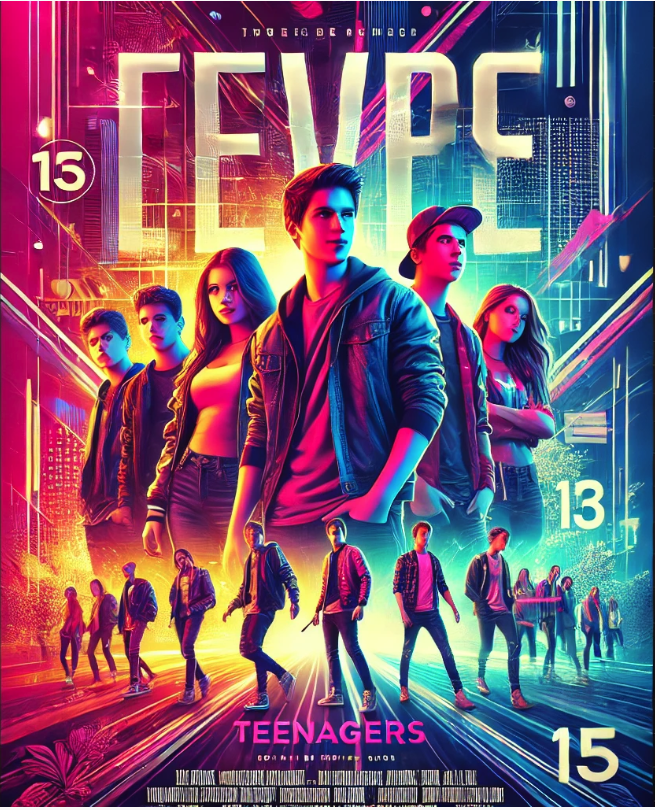
🎬 Design Study Notes
🎯 Target Audience Characteristics
Demographics: Age, gender, interests
-
Example: Superhero films targeting teens and young adults.
- Technology Usage: Audience's tech engagement
Example: Smartphone and social media usage among younger audiences.
- Viewing Habits: Preferred media consumption methods
Example: Streaming vs. traditional cinema, mobile device preference.
🖌️ Design Principles Used
Contrast: Emphasize key elements with colour differences.
Balance: Achieve visual equilibrium.
Hierarchy: Arrange information by importance.
Repetition: Consistent use of elements (colours, shapes, fonts).
-
Example: Unified font styles for title, actors, credits.
🎨 Elements of Design Used
Colour: Supports mood and message.
Line: Guides viewer’s attention and structure.
Shape: Supports narrative storytelling.
🔗 Interaction of Design Elements and Principles
- Cohesion: Integration of elements and principles for unified messaging.
🔤 Typography in Design
Font Choice: Fonts matching movie themes.
Text Arrangement: Readability and visual impact.
📸 Composition Techniques
Rule of Thirds: Balance and focal points along imaginary grid lines.
Focal Points: Clear visual emphasis.
📲 Smart Posters Concept
Interactive Technology Integration: Enhanced user interaction.
-
Example: QR codes for trailers, exclusive content.
- Innovative Ideas: Interactive elements to boost engagement.
Example: QR codes, AR experiences, interactive discounts.